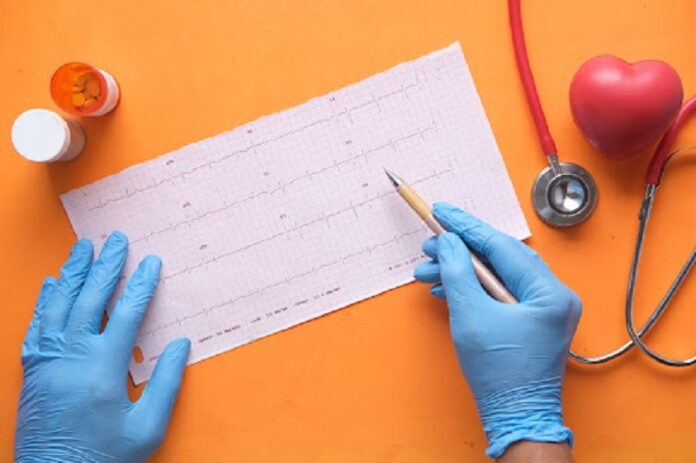Worldwide studies on the prevalence of Substance Use Disorder (SUD) suggest that more than 270 million people have been engaging in the use of psychoactive drugs.
Adequate infrastructure and reforms are imperative to address the impact of such rampant use of illegal drugs.
Indeed, substance abuse and related health disorders are putting overwhelming pressure on healthcare facilities around the globe.
Let’s look at the status quo of SUD and the medical facilities available for the affected.
Types of Treatment Options
Depending on the severity of the addiction, a diverse range of dedicated treatment options are available for substance use disorders that target:
- Minimizing the damage caused due to addiction.
- Reducing the dependence on the addictive substance.
- Preventing relapse of the addiction.
Accessible treatment options include Inpatient SUD Treatment, Outpatient SUD Treatment, Substance Detox Programs, and Behavioral Therapies. Check out these Los Angeles detox centers today for best-in-class personalized treatment plans.
Role of Healthcare Services
- In Terms Of Facilities
Substance abuse treatments have usually been administered separately by a few trained experts in specialized centers only.
But the increasing rate of addiction cases worldwide demands care and cure for SUD patients in mental health institutions and mainstream healthcare organizations as well such as nursing homes, hospitals, clinics, critical care facilities, etc.
This will improve access to treatment and leverage:
- Additional healthcare resources.
- Advanced technology in healthcare
- Surplus medics and caretakers are available in these institutions.
Also, attention needs to be given to training and preparing the existing SUD caregivers and the staff of general healthcare facilities to determine, handle and provide basic care for SUD patients.
- In Terms Of Finances
Patients of addiction require a range of medical services that dramatically increase their overall costs of medicine and also adds burden on available healthcare resources of the nation.
Extent of insurance for these expenses has been relatively low, which in turn results in fewer people being able to afford cures for their substance addiction habits.
As per NCDAS, the average cost of rehab treatment and therapies per session can go up to $20,000.
Though the coverage of SUD treatment costs under medical aids and public and private medical insurance schemes has been raised significantly, there are still quite a few notable problems:
- Not all programs cover all kinds of addictions and medications.
- Hindrances due to regulations, formalities, and restrictions.
- Only selected treatment and counseling stations in the country are covered.
- Not all healthcare facilities grant medical insurance and support reimbursements for patients.
- Discrimination and prejudices against SUD patients on ethnic and legal terms hamper them from receiving insurance benefits at healthcare organizations.
Medical organizations need to adopt a standardized financing infrastructure and health IT to reach more people and help take advantage of addiction treatments.
Current Scenario of Medical Treatment for SUD
National Survey of Drug Use and Health data shows that among the large population suffering from Substance abuse in the US, only 13% take part in recovery treatments.
However, It is usually not only about the availability of treatment but also if the victims who should get the treatment believe they need it or not.
Although there are around 15000 specialized treatment centers for patients of SUD in the US, the rate of treatment getting administered on the ground level is strikingly low.
Conclusion:
Substance Use Disorder is the cause of a range of mental and physical health problems that demand medical intervention. That’s why, it has become important for healthcare facilities to adopt collaborative care for patients more than ever.
Healthcare facilities and systems should be regulated and upgraded with skilled personnel, and technically advanced equipment so that they can play a proactive role in recognizing people in need of SUD treatment and providing them with required medical attention, rehabilitation, and aftercare.
Until such a widespread healthcare movement surfaces, addiction recovery is best accessed through specialized centers available in most parts of the country.
Read Also: How Are MDMA Use Disorders Treated?




































































